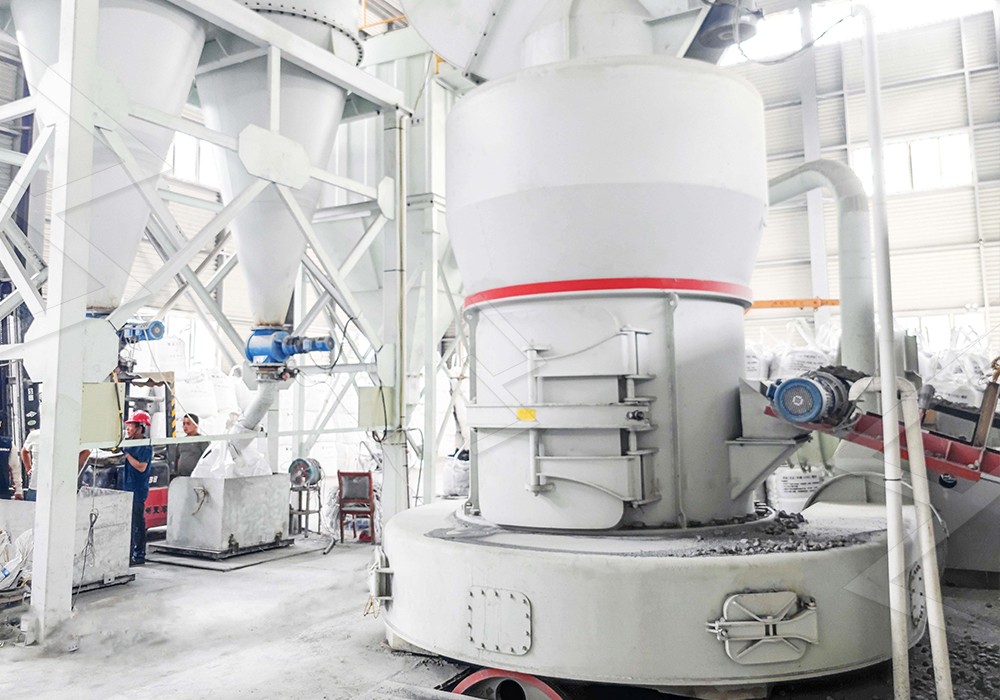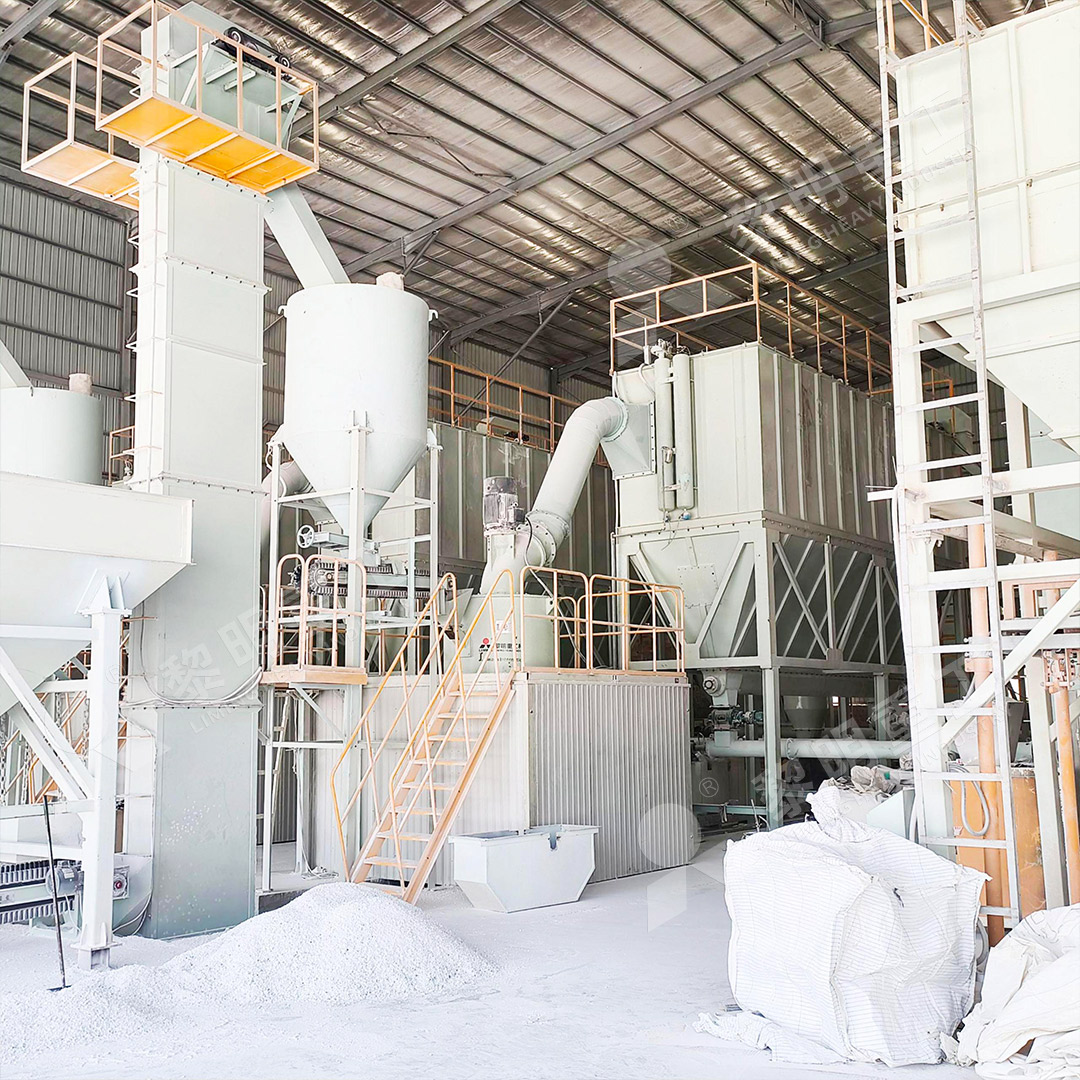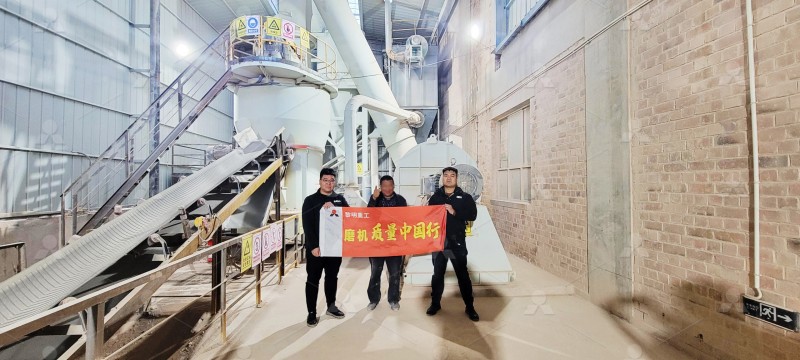Cost of Complete Production Line for 5TPH 220 Mesh Limestone Grinding Plant for Concrete Additives
Navigating the Investment: A Comprehensive Guide to 5TPH Limestone Grinding Plants
Establishing a reliable production line for manufacturing limestone powder as a concrete additive requires careful consideration of both technical specifications and economic factors. For operations targeting a 5-ton-per-hour output of 220-mesh limestone powder, selecting the appropriate grinding technology becomes the cornerstone of operational success. The choice of mill directly impacts not only the initial capital expenditure but also long-term operating costs, product quality consistency, and environmental compliance.

The production of high-quality limestone additives for concrete demands precise particle size distribution and consistent chemical properties. At 220 mesh (approximately 74 microns), the powder must meet strict specifications to function effectively as a filler that enhances concrete workability, reduces permeability, and improves long-term durability. The complete production line encompasses more than just the grinding mill—it includes crushing equipment, feeding systems, dust collection, and packaging solutions, all of which contribute to the total investment.
Critical Factors Influencing Total Project Cost
When evaluating the complete production line cost, several key elements demand attention. The grinding mill itself typically represents 40-60% of the total equipment investment, with auxiliary systems comprising the remainder. Foundation requirements vary significantly between different mill types—vertical mills generally require more substantial concrete foundations but occupy less floor space, while traditional ball mills need larger footprints but potentially simpler foundation designs.
Energy consumption constitutes the most substantial operational expense over the equipment’s lifespan. For a 5TPH operation running 20 hours daily, even a 10% difference in power requirements translates to thousands of dollars in annual savings. Maintenance complexity and spare parts availability further influence the total cost of ownership, with some mill designs requiring more frequent roller or liner replacements than others.
Optimized Equipment Selection for 5TPH 220 Mesh Production
For operations targeting 5 tons per hour of 220-mesh limestone powder, the MW Ultrafine Grinding Mill presents an exceptionally suitable solution. With its capacity range of 0.5-25 TPH and ability to produce powder between 325-2500 meshes, this mill offers precise control over the 220-mesh specification. The absence of rolling bearings and screws in the grinding chamber eliminates common failure points, while the external lubrication system enables continuous 24-hour operation—critical for meeting concrete plant demands.

The MW mill’s German-designed cage-type powder selector ensures accurate particle separation, achieving d97≤5μm with single-pass processing. This precision directly translates to consistent product quality that meets concrete industry standards. Furthermore, the integrated pulse dust collector and noise reduction features address environmental considerations without requiring additional investment in pollution control equipment.
For operations requiring even higher efficiency, the LUM Ultrafine Vertical Grinding Mill offers complementary advantages with its 5-18 TPH capacity range. The LUM mill’s unique roller shell and lining plate grinding curve generates material layers more effectively, achieving higher yields with single-pass milling. Its reversible structure simplifies maintenance procedures, reducing downtime during roller inspection or replacement.
Beyond the Mill: Complete System Considerations
A comprehensive cost assessment must include all auxiliary equipment. Pre-crushing systems reduce 0-20mm feed material to the optimal size for fine grinding, while vibrating feeders ensure consistent material flow. Dust collection systems must handle the considerable volume of fine powder generated, with pulse jet baghouse filters representing the current industry standard. Electrical systems, motor control centers, and material handling equipment complete the production line.
The installation environment also significantly impacts total project cost. Outdoor installations reduce building requirements but may necessitate weather protection enclosures. Existing facilities might require structural modifications to support equipment weight and vibration. These site-specific factors can vary project costs by 15-25% even for identical equipment packages.

Return on Investment Analysis
A properly designed 5TPH limestone grinding plant typically achieves return on investment within 18-30 months, depending on local market conditions for concrete additives. The higher production efficiency of advanced mills like the MW series shortens this payback period through reduced energy consumption (30-40% lower than traditional mills) and minimal maintenance requirements. Product quality consistency further enhances profitability by commanding premium pricing in competitive markets.
Frequently Asked Questions
What is the typical total investment for a complete 5TPH 220 mesh limestone grinding plant?
The total investment varies based on configuration and local factors, but typically ranges between $500,000 and $800,000 for a turnkey solution including all auxiliary equipment, installation, and commissioning.
How does the MW Ultrafine Grinding Mill achieve energy savings compared to traditional ball mills?
The MW mill’s optimized grinding curve and efficient powder separation system reduce energy consumption by 30-40% while increasing production capacity by approximately 40% compared to jet mills and stirred mills.
What maintenance requirements should we anticipate for continuous operation?
The MW mill’s design eliminates common failure points like internal bearings and screws. Routine maintenance primarily involves external lubrication and periodic inspection of grinding rollers and rings, typically requiring 4-8 hours monthly.
Can the same production line be used for other materials besides limestone?
Yes, the MW Ultrafine Grinding Mill processes various non-metallic minerals including calcite, dolomite, barite, and talc, providing operational flexibility for diversifying product offerings.
What environmental compliance features are integrated into modern grinding plants?
Contemporary designs like the MW series incorporate pulse dust collectors achieving 99.9% efficiency, noise reduction systems maintaining levels below 85 dB, and fully enclosed negative-pressure operation preventing material leakage.
